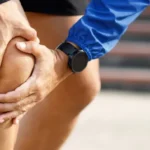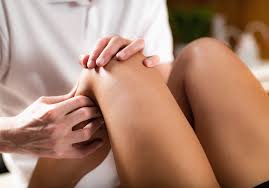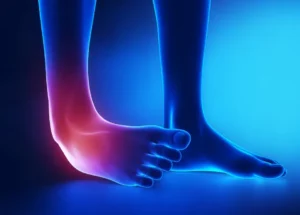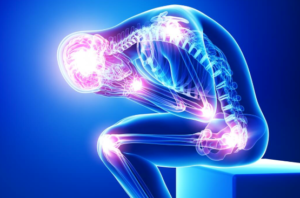Lower back pain can range from a dull, constant ache to a sudden, sharp sensation. This discomfort may eventually interfere with daily activities. Fortunately, there are many non-surgical approaches available to manage back pain. Here is more information about non-surgical options for back pain management:
Pain Management
Pain management techniques aim to reduce discomfort and improve function. One common approach is the application of heat or ice. Heat therapy, such as a warm bath or heating pad, might help relax tense muscles and increase blood flow to the affected area. Cold therapy, using an ice pack wrapped in a towel, may help reduce inflammation and numb the area, thereby lessening pain signals.
Some individuals find relief through alternative therapies. Massage therapy focuses on manipulating soft tissues, which can potentially ease muscle tension and promote relaxation. These methods are often used in conjunction with other treatments.
Physical Therapy
Physical therapy is a structured, active approach to managing back pain. A physical therapist will first assess your condition, including your posture, strength, and range of motion. Based on this evaluation, they design a customized program of exercises and stretches. This program is tailored to your specific situation and goals.
The exercises prescribed in physical therapy are designed to strengthen the core muscles that support your spine. Improving flexibility is another key component. A therapist will guide you through stretches that target tight muscles in your back, hips, and legs.
They also teach you proper body mechanics for everyday activities, such as lifting objects or sitting at a desk, which might help prevent future strain. Consistent participation in a physical therapy program is often recommended for the best outcomes. These efforts, when combined, contribute to reducing lower back pain and enhancing overall daily function.
Nonsteroidal Anti-inflammatories
Nonsteroidal anti-inflammatory drugs (NSAIDs) are a category of medication used to address pain and inflammation. Over-the-counter options include ibuprofen and naproxen. These medications work by blocking the production of certain chemicals in the body that cause inflammation. They are available in various forms, including tablets, capsules, and topical creams or gels.
Lifestyle Changes
Making certain lifestyle adjustments can also help manage back pain. Maintaining a healthy weight reduces the amount of stress placed on the lower back. A balanced diet and regular physical activity support overall health and weight management. Other lifestyle modifications include:
- Posture adjustments: Adjusting your workspace to support good posture may reduce strain. This could mean using a chair with proper lumbar support or positioning your computer monitor at eye level.
- Sleep Position: The way you sleep affects your spine. Sleeping on your side with a pillow between your knees or on your back with a pillow under your knees might help maintain spinal alignment.
Get Treated for Lower Back Pain
Living with back pain presents many challenges, but you do not have to navigate it alone. A variety of non-surgical treatments are available to help manage your symptoms and improve your quality of life. If you are experiencing back pain, contact a spine specialist today to schedule an appointment and discuss your treatment options.















